
GENEVA (May 31, 2024) – On the sidelines of the 77th World Health Assembly, Forecasting Healthy Futures hosted an event entitled “Healthy & Resilient Cities Worldwide: Clearing the social and financial hurdles to integrate and scale sustainable urban innovations”, in partnership with Reaching the Last Mile. The discussion examined the health impacts of climate threats as experienced in urban settings around the world, and the innovative efforts underway to build sustainable and resilient cities.
According to a recent World Bank report, cities are home to more than half of the world’s population and responsible for about 70% of global greenhouse gas emissions. Climate change will further accelerate the pace of urbanization, as people around the world increasingly seek security, support, and sources of livelihood, even as it also introduces new challenges like extreme heat, excess air pollution, food insecurity, and the threat of water-borne disease.
“It's been really phenomenal to see the overwhelming tidal wave of interest, information, and inspiration that’s grown up around the intersection of climate change and human health,” said Kelly Willis, Managing Director, Forecasting Healthy Futures. “It does feel like an optimistic moment, with the likely passage of the new Climate and Health Resolution by the World Health Assembly today.”
"The topic of today’s discussion underscores the deep need to apply a cross cutting lens to climate action,” said Tala Al-Ramahi, Co-Chair of the FHF Global Summit Steering Committee and a Director of Reaching the Last Mile. “Just as climate mitigation and global health can't function in silos, we also cannot neglect other climate linked stakeholders if we are to aid to ensure equitable and inclusive action against climate change.”
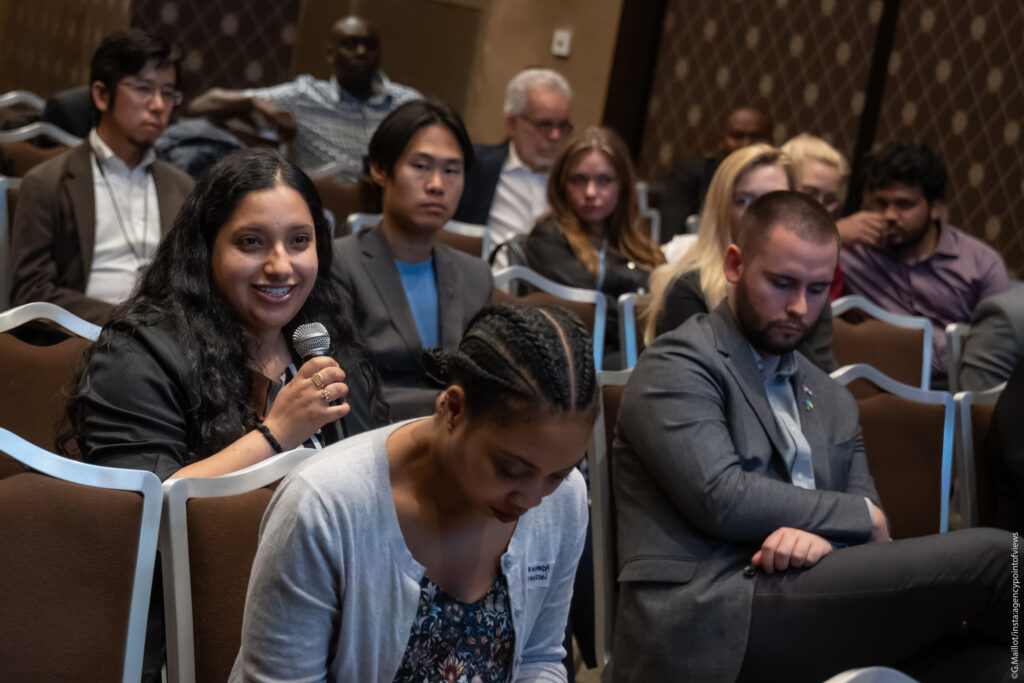
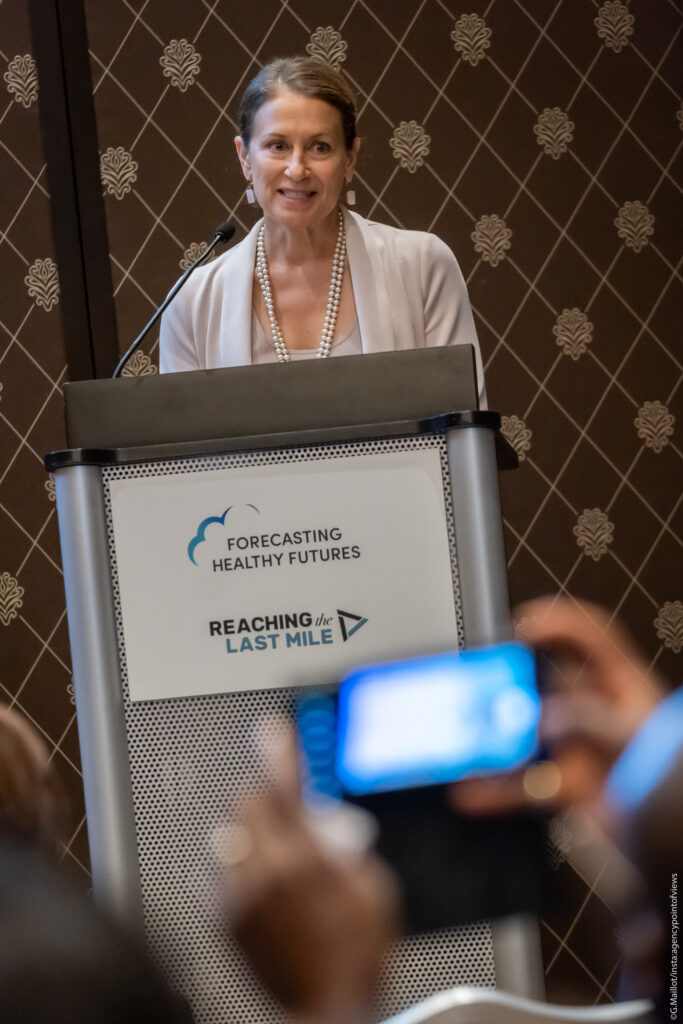
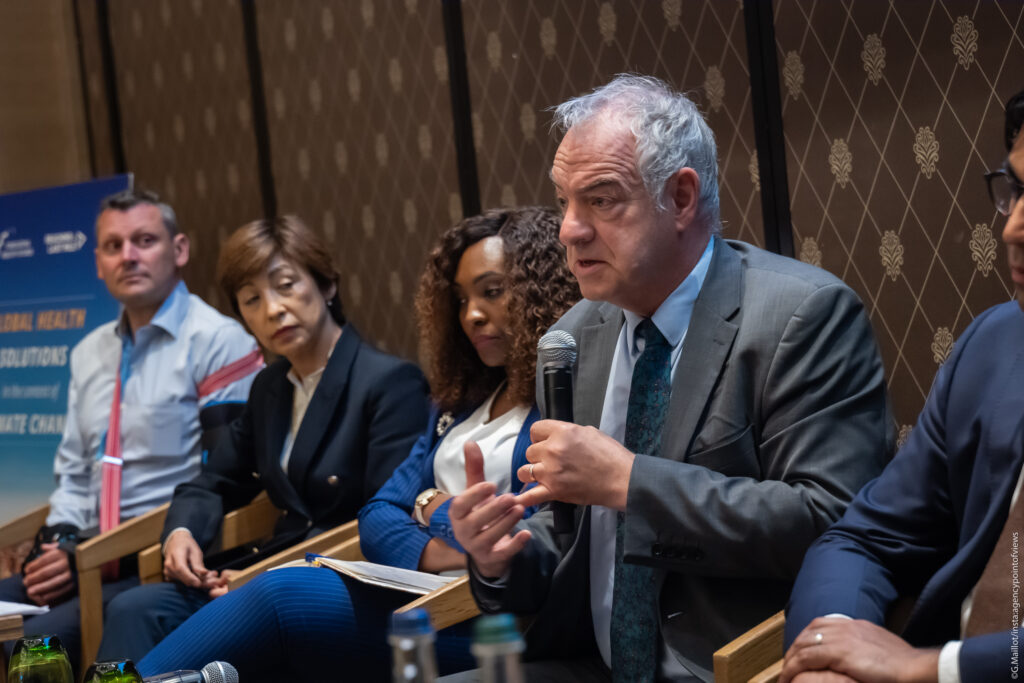

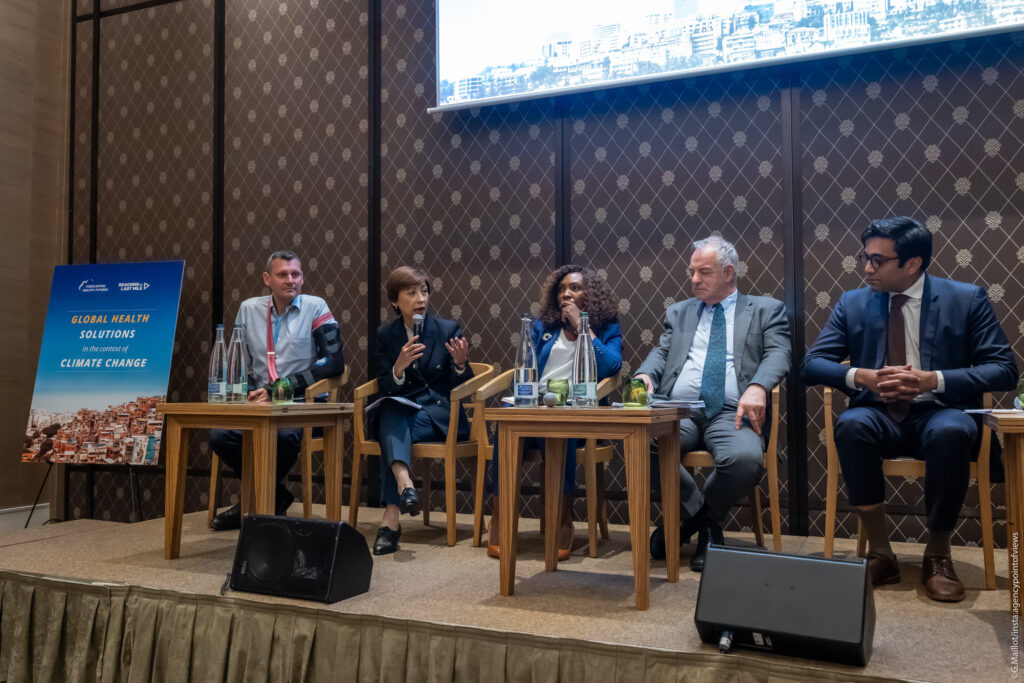


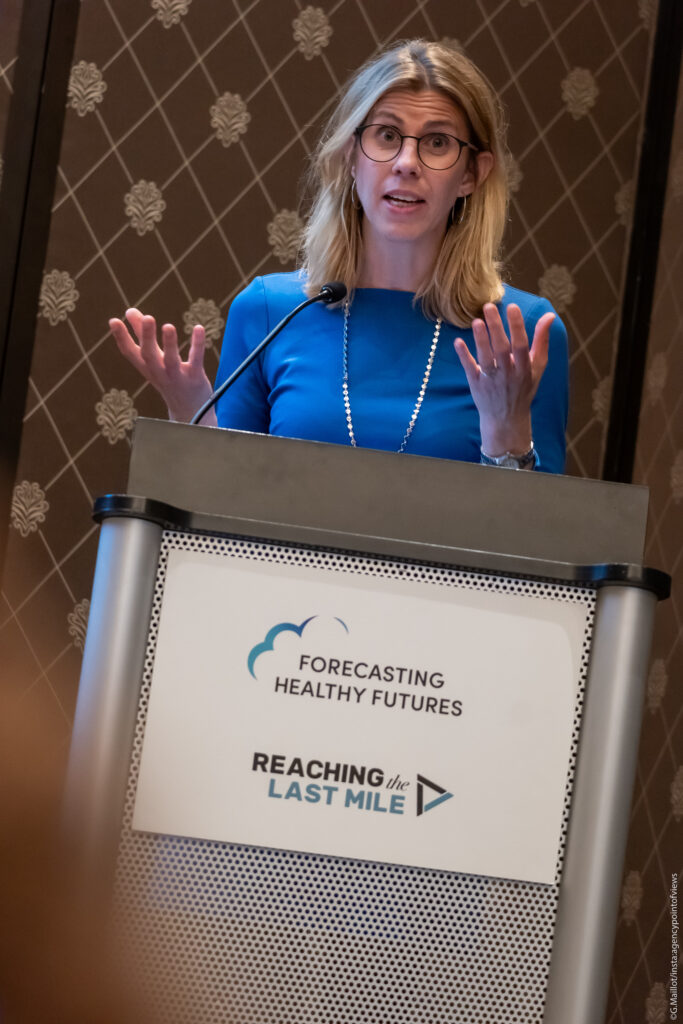
Linking Action to Investment
The event’s panel discussion, entitled, “Action from the Front Lines – Linking Action to Investment,” examined innovations designed to protect urban residents from increasing climate threats, and the unique financing needs of large-scale multisectoral urban adaptation, with the goal of further helping to define policy priorities in support of faster investment and action.
“Eventually, we anticipate that energy demand will triple, in large part driven by extreme heat. We expect to have up to 1.6 billion people suffering from that impact by 2050,” said Gulnara Roll, Head of Cities Unit, United Nations Environment Program. “There is an urgent need for sustainable, inclusive, and systematic solutions.”
“The people who are going to be hardest hit in cities [by the effects of climate change] are the poorest, and the most vulnerable,” said Graham Alabaster, Chief, Waste Management and Sanitation, UN-Habitat. “And they’re going to be hit with an increase in both non-communicable and communicable diseases.”
“There are many cross-cutting issues that impact premature deaths, risk, and excess death in an urban setting,” said Ashwin Vasan, New York City Health Commissioner. “Whether we’re talking about communicable or non-communicable disease, behavioral or physical risk factors, or both... extreme weather driven by climate change is a major driver of them all. While our changing climate is killing people now, including hundreds of New Yorkers each year, the team at NYC Department of Health and Mental Hygiene has created a clear and comprehensive climate and health strategy that has a track record of success over the past decade.”
“Energy is an enabler. If there’s no energy access, people lack the necessities that drive human existence,” said Joan Chahenza, Director, Health Electrification and Telecommunication Alliance, Abt.
“If we're going to be asking countries and municipalities to spend more and invest more on green energy and other sustainability elements, we need to also talk about debt relief, about finding new investment streams, and opening up some of that fiscal space to make investments possible,” said Dudley Tarlton, Manager, Health and Innovative Finance, United Nations Development.
“The advantage of addressing these climate challenges in cities is that often in municipalities, things can happen much more quickly, in terms of putting policies in place and moving quickly,” said Heather Adair-Rohani, Technical Lead on Energy and Health, WHO. “We need to be harnessing that power of local authorities and looking for opportunities to leverage it elsewhere.”
Explore more photos from Forecasting Healthy Futures' event here.
###
About Forecasting Healthy Futures
Forecasting Healthy Futures is a global coalition of leading health and technology organizations committed to mobilizing the political will, financial resources, and innovative solutions needed to protect global health gains from the threats posed by climate change. Malaria No More convenes and leads the consortium. Forecasting Health Futures’ partners include Reaching the Last Mile, Mohamed Bin Zayed University of Artificial Intelligence, the Global Institute for Disease Elimination (GLIDE), PATH, the Tableau Foundation, IBM’s Weather Company, and the Institute for Health Metrics and Evaluation (IHME). For more information, visit: www.ForecastingHealthyFutures.org.
About Reaching the Last Mile
Reaching the Last Mile (RLM) is a portfolio of global health programs working towards disease elimination that is driven by the personal commitment of His Highness Sheikh Mohamed bin Zayed, President of the United Arab Emirates. The Initiative provides treatment and preventative care in communities that lack access to quality health services, with a specific focus on reaching the last mile of disease elimination. RLM’s mission represents His Highness’s dedication to ending preventable diseases that affect the world’s poorest and most vulnerable communities and helping millions of children and adults live healthy, dignified lives. For more information, visit: https://www.ReachingTheLastMile.com
